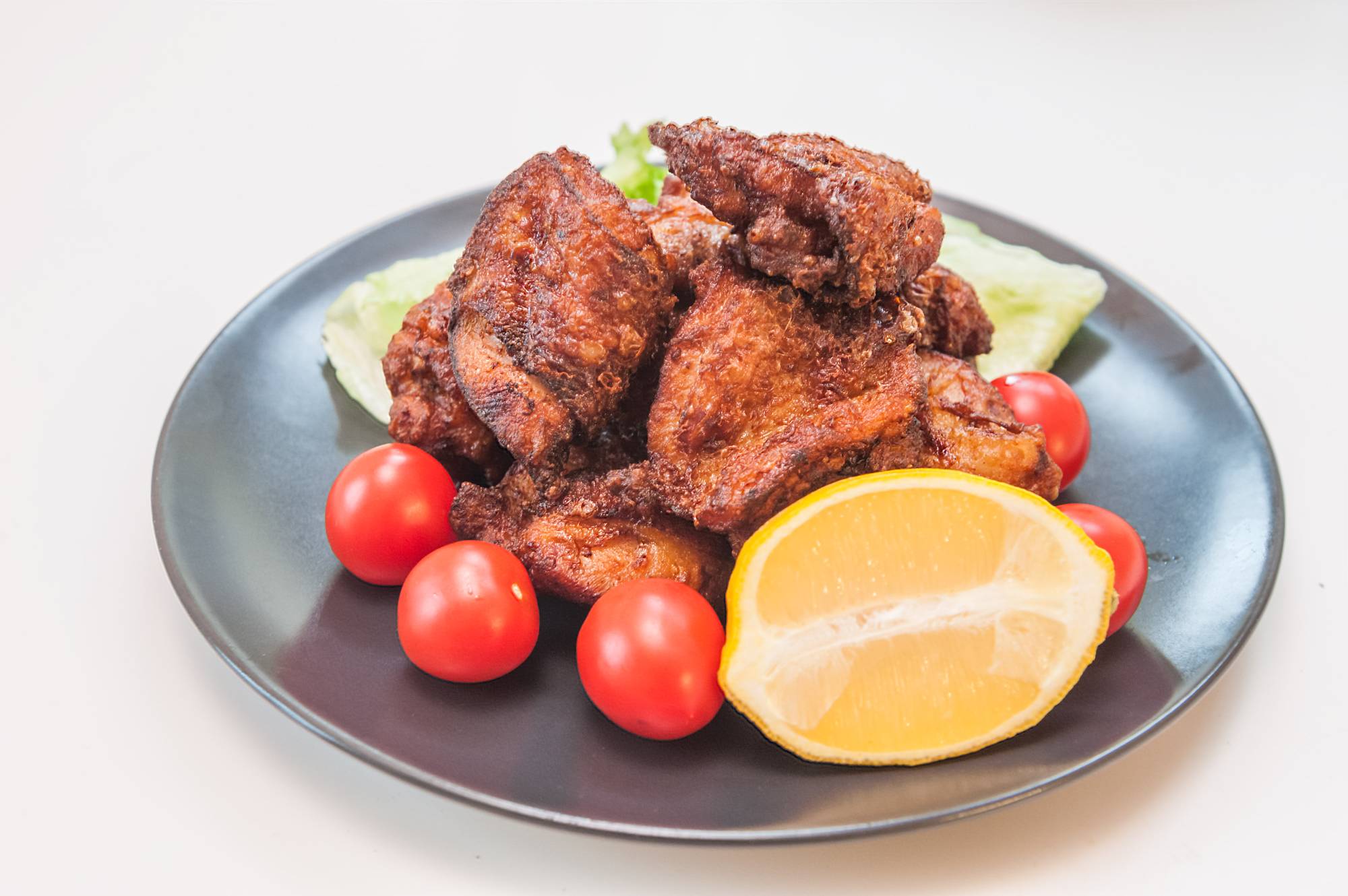The standard word for Japanese fried chicken, as it's become known around the world, is kara-age. Chicken pieces (usually boneless) are marinated; coated simply with flour, starch (usually katakuriko potato starch) or both; and deep-fried. According to the Japan Karaage Association, the dish first appeared in 1932 at a then-new chicken speciality restaurant in Ginza called Mikasa Kaikan. But despite its ubiquity on menus across Japan, there is a surprising amount of confusion around the dish.
To start with, how should the word kara-age be written? The age (揚げ) part is easy — it means deep-fried. But there's some debate as to whether the kara part should be the kanji for the Tang dynasty in China (唐, which is a synonym for China in Japan, regardless of the actual dynasty in power), to indicate its Chinese flavor influences, or the kanji for air (空), indicating that the dish is fried without batter. Both versions are considered valid. Some people avoid the issue by just writing kara in hiragana.
Another point of confusion is that most Japanese people can’t agree on the difference between kara-age and a similar deep-fried dish called tatsuta-age. Named for the Tatsuta River that flows in the northwest of Nara Prefecture, it gets its moniker because of the pretty contrast between the red-brown soy sauce marinade and the powdery white coating of potato starch used in the cooking process. Some insist that tatsuta-age is only coated with potato starch, while kara-age is coated with both flour and potato starch, but there are kara-age recipes that use only potato starch, too.



